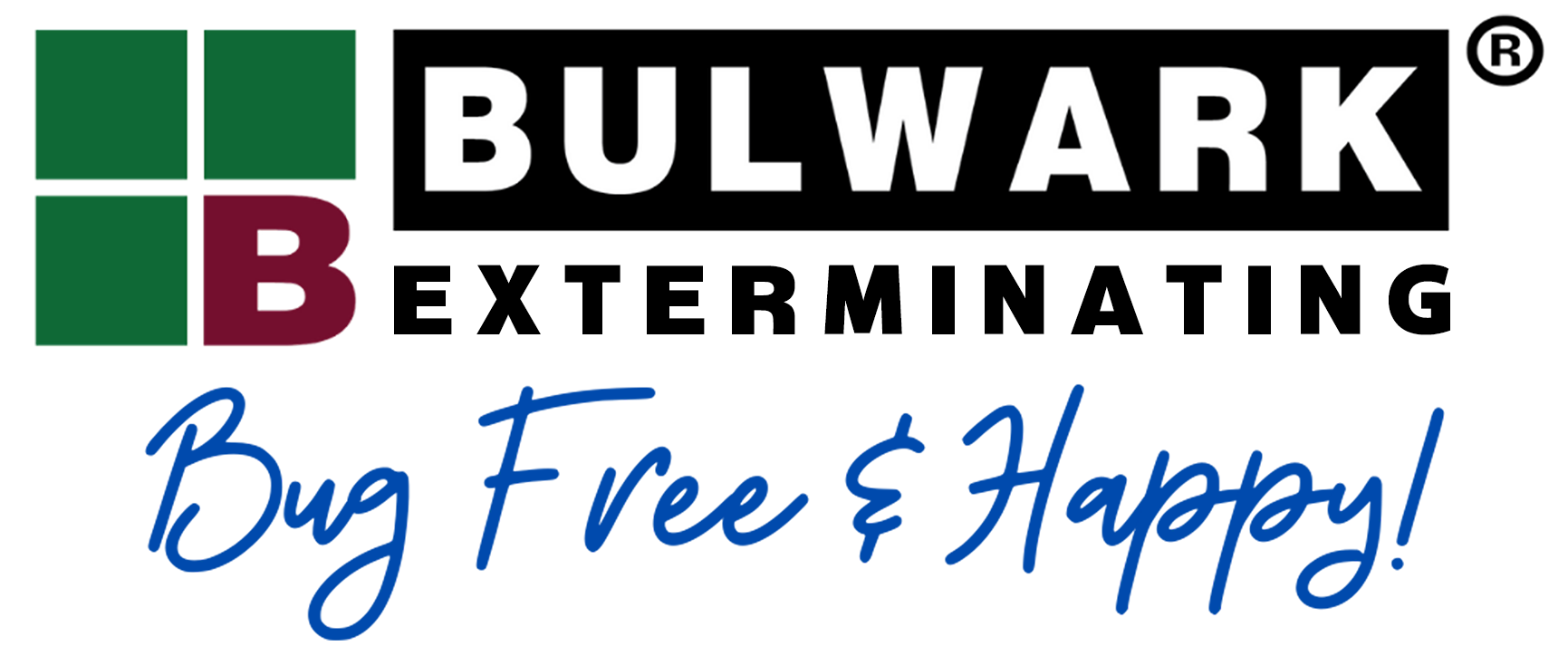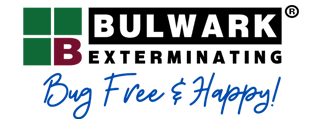Termites are best-known for their tendency to feed on wood. Whether your home features a significant amount of wood construction or not, you undoubtedly have items inside that termites can feed on, so it’s essential to know as much as possible about these insects so you can spot an infestation as quickly as possible.
Table of Contents
What Are Termites?
Termites are small, destructive insects that are a significant home pest. If termites take up residence in your home, they can cause severe damage to the structure. Termites like to feed on any dead plant matter, including leaf litter, soil, and decaying logs. They will also eat products that contain cellulose, which is naturally found in wood and other plant matter. Termites will seek out the cellulose in paper, swimming pool liners, and insulation.
What Do Termites Look Like?
Termites look similar to flying ants, which often causes misidentification. Both insects swarm around the same time of year. You’re most likely to see termites in the spring and late summer. Swarming termites vary in color. Dampwood termites are tan or pale yellow. Drywood termites are brown or red. Subterranean termites are dark brown or black.
The most noticeable physical differences between termites and ants are that termites have the following:
- A uniform body with a straight waist, rather than the cinched waist of an ant
- Straight, beaded antennae as opposed to ants’ elbowed antennae
- Wings that are equal in size, which differ from the ant’s larger forewings
Termites discard their wings after their mating cycle. Ants do not discard their wings, so any wings that you find in or around your home are a strong indicator of termites.
Though swarming termites are the ones you’re most likely to see, there are other types of termites as well. Worker termites are the ones who gather food. They’re white to pale brown with soft wingless bodies. Worker termites can grow up to a centimeter in length.
Soldier termites have beige bodies and dark heads. They have large mandibles on their heads, which give them a more imposing appearance. Soldiers can inflict painful bites. Their mandibles make it impossible for them to feed or clean themselves, so the worker termites take on these tasks for them. At the same time, the soldiers focus exclusively on protecting the colony.
Where Do Termites Live?
In the United States, there are 50 species of termites. Those most commonly found in homes are subterranean termites, damp wood termites, and dry-wood termites. Termites can live in every state except Alaska but are most active in the southern part of the country where temperatures are warmer.
As the name suggests, subterranean termites build colonies in the ground. They create mud tubes in the soil and use these to access wood from the bottom, where it comes into contact with the dirt. Subterranean termites need a damp environment to thrive. They cannot live in dry habitats.
Drywood termites, however, are capable of living in dry climates. Their outer skeletons help them retain moisture. These termites like to take up residence in attics, doors, wood furniture, and wood framing. They will build their nests in sturdy wood, causing severe destruction.
Dampwood termites are less likely to damage your home because they prefer damp, decaying wood. They like perpetually wet logs, such as those in a ditch or near a downspout. If you have wood around your home that’s always damp, you should look out for termites in this area. Wood in or around your bathroom or kitchen that’s exposed to regular moisture can also attract termites.
Problems With Termites
Unfortunately, termite problems can go undetected for an extended period of time; this has given these pests the nickname “silent destroyers.” In the early stages of an infestation, it’s difficult to detect these small insects. The best way to identify problems with termites is to have regular inspections from a pest control professional. As termite colonies grow, they become easier to identify. Some signs of a termite infestation include:
- Blistering paint
- Hollow sounds in the walls
- Visible damage to wood trim or paneling
- Pinholes in your walls
- Piles of termite droppings, which may appear as a dark powdery substance
- Clicking sounds in the walls
- Warped doors and window frames
Termite Control Solutions
By the time you detect termites in your home, the damage is often quite extensive. The best termite control solutions are usually those provided by a professional. An experienced exterminator can help you evaluate the full extent of the damage to your home. Liquid termite treatments are available, which creates a barrier around the building. Once termites come into contact with the liquid, they become disoriented and do not cause further damage to the building. The liquid is transferrable from one termite to another so that they can carry this substance back to the nest.
Termite baits serve as an attractive food source that termites will carry back to the nest. The essential part of any termite extermination is killing the queen to eradicate the entire termite colony. A professional exterminator can help you choose a well-rounded treatment approach that will tackle your termite problem in several efficient ways.
Termite Facts
There are more than 2,000 species of termites around the world. A termite colony can consume wood non-stop, 24 hours a day, causing constant damage to your home. These insects never sleep. They live in a caste system where each creature has its responsibilities. Termites communicate with each other using vibrations. Every year, termites are responsible for over $5 billion in property damage. Though fascinating in their productivity, these insects are something you want to keep far from your home.
If you suspect a termite infestation in your home, it’s crucial to get a professional inspection as soon as possible. The sooner you can identify a termite colony, the easier it will be to repair any damage that’s been done to your home.



